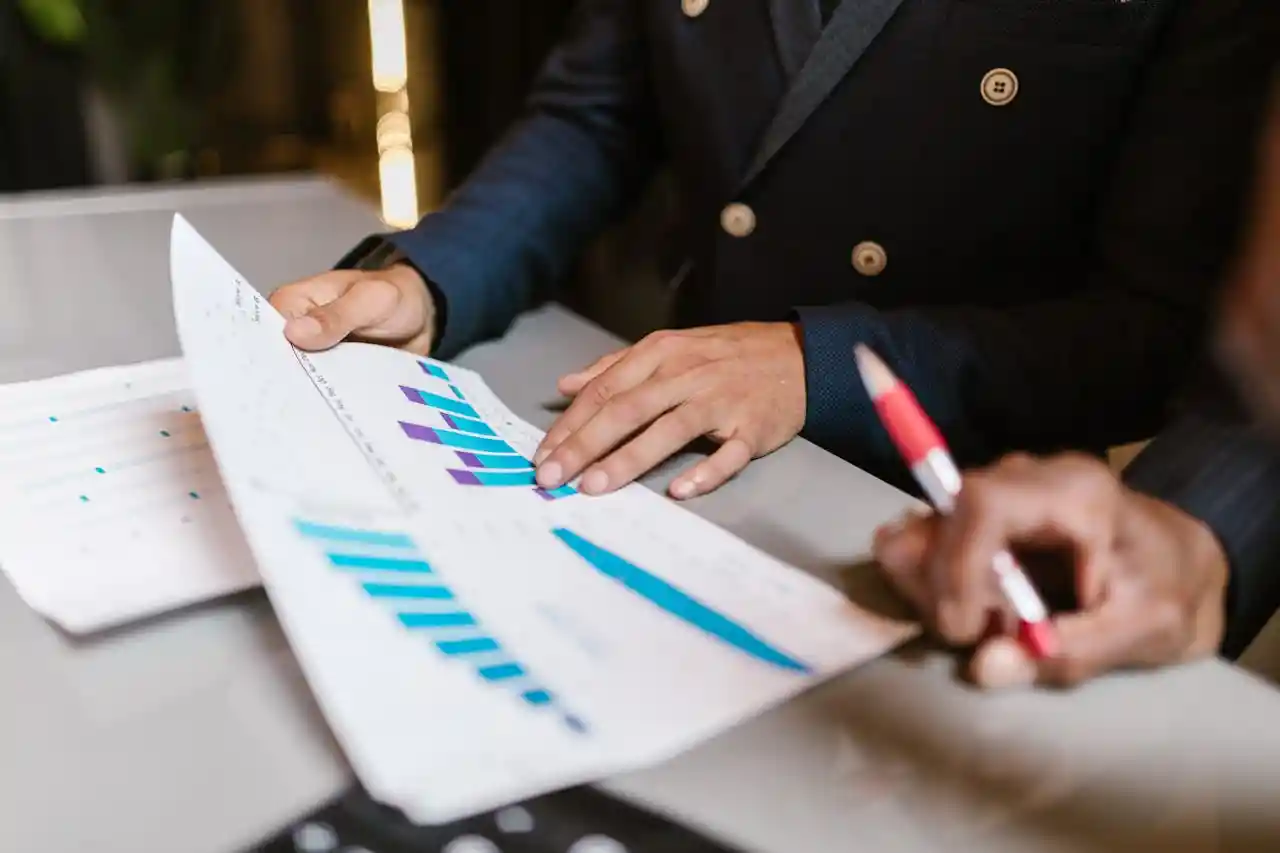
Starting a dropshipping business in 2025 can be an exciting opportunity to enter the world of e-commerce with relatively low upfront costs.
However, understanding the true expenses involved—from setting up your store and sourcing products to marketing and managing operations—is essential for building a profitable venture.
In this blog, we'll break down all the key costs you need to consider before launching your dropshipping business, helping you plan your budget wisely and avoid common pitfalls along the way. Whether you're a beginner or aiming to scale, this guide reveals what it truly takes to start dropshipping successfully in 2025.
How Much Does It Cost to Start a Dropshipping Business?
1. Startup & Store Setup Costs
You need a home for your business—your online store. Many people choose Shopify because it's easy to use, with a Basic plan starting at $39/month. Prefer WooCommerce? It's free, but you'll need web hosting ($5–$30/month).
You'll also need a domain name—something like "coolgadgets.com", usually costing $10–$15/year.
When it comes to design:
- Free themes are available.
- Premium themes cost $100–$300 (one-time), giving your store a more professional look.
You may want some helpful apps or plugins (e.g., for reviews, currency conversions):
- Some are free.
- Others cost $5–$30/month depending on features.
Total estimated setup cost: $60–$100/month, plus optional one-time fees for extras.
2. Product & Fulfillment Costs
You don't need to buy inventory upfront, but that doesn't mean this part is free.
- Product costs: When a customer places an order, you pay your supplier. A phone case might cost you $4, and you sell it for $15. But you pay that $4 plus shipping each time.
- Shipping fees: These vary by supplier and product weight. Sometimes it's free, but often it's $2–$10 per order.
- Order processing tools: Apps like DSers or AutoDS help automate orders. Basic plans may be free, but advanced features often cost $15–$49/month.
You're only charged when an order happens, but you'll need money upfront to cover the cost before your customer's payment clears.
Budget at least $100–$300 as a small buffer for early orders.
3. Marketing & Ads Costs
You could have the best product in the world—but if nobody sees it, it won't sell. That's where marketing comes in, and this is often the biggest part of your budget.
Most beginners start with Facebook or Instagram ads. You don't need a huge ad budget at first, but even running small tests costs money.
- Facebook/Instagram ads: Most dropshippers start here. Expect to spend $5–$20/day while testing. That's $150–$600/month.
- Google Ads: Good for search traffic. Similar cost range: $5–$20/day.
- Email marketing: Tools like Klaviyo or Mailchimp have free plans. But once you grow, pricing starts at $20–$50/month.
- Content creation: If you're not making your own videos or images, hiring freelancers or buying user-generated content can cost $50–$200+ per asset.
For a basic start, plan at least $300–$600/month on marketing.
4. Returns, Refunds & Admin Costs
Even if you do everything right, some orders will come back. A customer might change their mind or say the item arrived damaged.
In many cases, you'll issue a refund, but your supplier may not give you your money back. That means you're out the cost of the product and shipping, depending on what you sell.
- Refund losses: If a customer wants a refund but doesn't return the product, you still eat the cost. Budget 5–10% of your revenue for this.
- Customer service: You might handle this yourself at first, but hiring a VA later costs about $4–$8/hour.
- Bank fees: Payment processors like PayPal or Stripe charge around 2.9% + 30¢ per transaction.
- Misc admin tools: Think spreadsheets, project tools, or file storage. Often free, but sometimes $10–$20/month.
Set aside around $50–$150/month to cover these day-to-day costs.
5. Legal, Tax & Compliance
Even a small online store has rules to follow. Here's what you might need to pay for:
- Business registration: Registering an LLC might cost $50–$500 depending on your state or country.
- Sales tax setup: You might need tax automation software like TaxJar, starting at $19/month.
- Privacy policy & terms: You can use free templates, but legal-reviewed policies cost around $50–$200.
- Accounting: Hiring a bookkeeper or using software like QuickBooks can cost $20–$50/month.
- Trademarks: Optional, but registering a trademark for your brand can cost $250–$350+ in the U.S.
While not all of these are required from day one, having $100 to $300 ready for legal and compliance needs will help you stay protected.
What Is the Minimum and Maximum Budget to Start Dropshipping?
Minimum Budget: Starting Small and Simple
You can start dropshipping with a tight budget if you're okay with doing most things yourself. This means using free tools, handling customer service on your own, and keeping marketing costs low.
Here's a look at the basics you'll need:
- E-commerce platform (Shopify Basic): $39/month
- Domain name: $10–$15/year
- Free theme: $0
- Product testing fund: $100–$200
- Basic marketing (ads or influencers): $100–$300
- Optional apps/tools: Free or up to $20/month
If you skip anything extra and stick to the basics, you could get started with around $500 to $800 total. That includes your first month of setup, small ads, and a bit of buffer for product costs.
It's not fancy, and you'll have to do more manual work, but it's enough to get your store live and test your first product.
Maximum Budget: Starting Strong and Scalable
If you have a bigger budget, you can give your store a better start. This means more testing, better branding, and less stress.
Here's what that might include:
- E-commerce platform (Shopify Advanced or Plus): $39–$399/month
- Domain name: $10–$15/year
- Premium theme or custom design: $150–$300
- Apps and automation tools: $30–$100/month
- Product testing and inventory buffer: $300–$500
- Professional content (photos/videos): $100–$300
- Marketing (ads, influencers, email tools): $500–$1,000/month
- Admin, returns, and fees: $100/month
- Legal setup (LLC, privacy policy, tax tools): $200–$500 one-time
With this setup, your budget might land between $2,000 and $3,500. This gives you more space to test multiple products, run proper ad campaigns, and build a solid brand from the beginning.
It's not required to spend this much, but if you want to grow faster and make fewer compromises, a larger budget can help.
Read More:

Why Is Your First Dropshipping Payment Getting Frozen?
When you first start dropshipping, you might be excited to see those first sales come in. But then you check your PayPal or Stripe account and realize—you can't touch the money yet. That's because these platforms often hold your funds for days or even weeks, especially if you're new.
If you're using PayPal, they can hold your money for up to 21 days. Stripe is a little better, but even they can delay your first payout by around 7 days. And just because you got paid by your customer doesn't mean you can spend it right away.
These companies want to make sure you're delivering real products and running a legit business. Since dropshipping means you don't hold inventory, they may ask where your products are stored or shipped from.
Sometimes, if you scale fast—like hitting $500 a day in sales—they see that as risky. That's when things can get messy. Stripe might freeze your account and PayPal might ask for extra documents. It happened to others, and it could happen to you too.
To make it worse, you're likely running ads on Facebook or Instagram. And guess what? That ad account can also get restricted suddenly. You could lose access mid-campaign, right when things are finally working.
This is why having backup money matters. You'll need to pay your supplier before your money is released. Most people recommend having $2,000–$5,000 saved, a credit card with room to breathe, or income from a 9-to-5 job to help you cover orders.
Starting with zero is possible. But if you plan to grow fast, be ready. Payment holds and cash flow issues are real—and they're not often talked about.
How to Price Your Product and Stay Profitable?
Cost-Plus Pricing
This is where most people start. You take what the product costs you, then add a little on top. But if your item costs $8 and you sell it for $19.99, you're not running a business—you're taking a gamble.
A safe rule? Aim for at least $20 profit per sale, not just double or triple the cost. That way, you've got room to cover ads, fees, and still make something at the end.
Competitor-Based Pricing
Look at what others are charging for similar products. Are they pricing high and using bundles? Are they offering fast shipping? Based on that, you can price lower, higher, or the same—depending on your strategy.
But remember, just because your competitor charges $50 doesn't mean you should too. Test the waters and don't be afraid to move around.
Perceived Value Pricing
People don't always buy based on cost—they buy based on what they think something is worth. A $7 product can sell for $34.99 if you make it feel premium.
Take a Insulated Tumbler with Handle. It might only cost a few bucks, but if it's big enough to fit a full bottled drink inside—plastic and all—and keep it cold for hours, that's a selling point.
Solid landing pages, great images, real reviews, and even simple bonuses (like a free guide or bundle deal) all boost how valuable it feels to the buyer.
It's not just what the product is—it's how you frame it.
Print on Demand Travel Coffee Mug with Handle and Straw (40oz) - Drinkware - PrintKK
Profit-First / ROAS-Driven
If you're running ads, you have to think about Return on Ad Spend (ROAS).
Let's say you sell something for $29.99 and your profit is $20. That's a ROAS breakeven of 1.49—pretty healthy.
But if you spend $100 a day on ads, and only profit $10 per sale, you'll need 10 sales just to break even.
ROAS Formula:
Selling Price ÷ Profit = ROAS (e.g., $29.99 ÷ $20 = 1.49)
If margins are too small, don't scale the product.
A/B Testing
Test different prices to find what works best. Use this simple process to optimize your pricing:
- Pick two prices to test, like $70 and $75, for the same product.
- Run each price for a week, using the same ads and audience.
- Track sales and profit to see which price gets more purchases.
Choose the price with the best balance of sales and profit. This helps you learn what your market accepts, especially for niche or high-end items.
Expert Tips
Starting a dropshipping business in 2025 doesn't have to break the bank—but understanding the real costs is key to long-term success. From store setup and marketing expenses to hidden fees and cash flow challenges, every dollar you invest should be backed by a clear strategy.
While it's technically possible to start with zero, growing a sustainable business without upfront investment is rare.
Treat it like a real business from day one, and your chances of success grow dramatically.
FAQs
Is Dropshipping Worth It for Beginners?
Dropshipping is great for beginners. It's low-cost, needs no inventory, and lets you test products easily. You can start small, learn fast, and grow with minimal risk. Expect to invest time and effort.
Is $500 Enough to Start Dropshipping?
Yes, $500 can start a dropshipping business. It covers a basic website, domain, and initial ads. Focus on one product and low-cost marketing to stretch your budget while learning the ropes.
How Much Should You Budget for Advertising When Starting Out?
Plan $50–$200 monthly for ads when starting. Social media ads, like on TikTok, work well. Test small budgets first, then increase spending as you find products that sell consistently.
Are There Any Hidden Fees to Be Aware Of?
Watch for app subscriptions, refund costs, or supplier fees. These can add $10–$50 monthly. Check platform plans and supplier terms carefully to avoid surprises and keep your budget on track.










 Global Shipping
Global Shipping




























